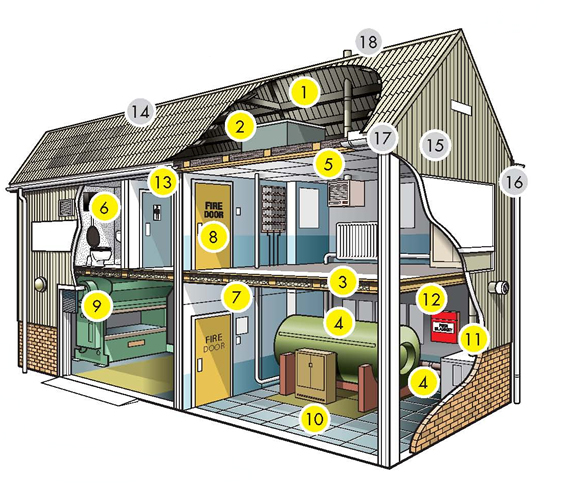WHAT IS ASBESTOS?
The European Union banned all use of asbestos, as well as the extraction, manufacture, and processing of asbestos products. However, asbestos is not just a problem of the past. Asbestos can be found in any industrial or residential building built or refurbished before the year 2000. It is in many of the common materials used in the building trade.
Asbestos still kills around 5000 workers each year, this is more than the number of people killed on the road. Around 20 tradesman die each week as a result of past exposure.
Asbestos is a set of six naturally occurring silicate minerals which was used commercially for their desirable physical properties including:
- Resistance to chemicals as well as heat
- Low energy conductivity
- Flexibility
- High tensile toughness
- Asbestos can be bonded straight into various building materials as well as woven straight into textiles. It even now remains probably the most effective form of fire protection available.
Asbestos can be found:
Inside
- Sprayed coatings on ceilings, walls, beams and columns
- Asbestos cement water tank
- Loose fill insulation
- Lagging on boilers and pipes
- AIB ceiling tiles
- Toilet seat and cistern
- AIB partition walls
- AIB panels in fire doors
- Asbestos rope seals, gaskets and paper
- Vinyl floor tiles
- AIB around boilers
- Textiles eg fire blankets
- Textured decorating coatings on walls and ceilings eg artex
Outside
- Asbestos cement roof
- Asbestos cement panels
- Asbestos cement gutters and downpipes
- Soffits – AIB or asbestos cement
- Asbestos cement flue
TYPES OF ASBESTOS
Primarily in the UK there are three main types of asbestos used:


